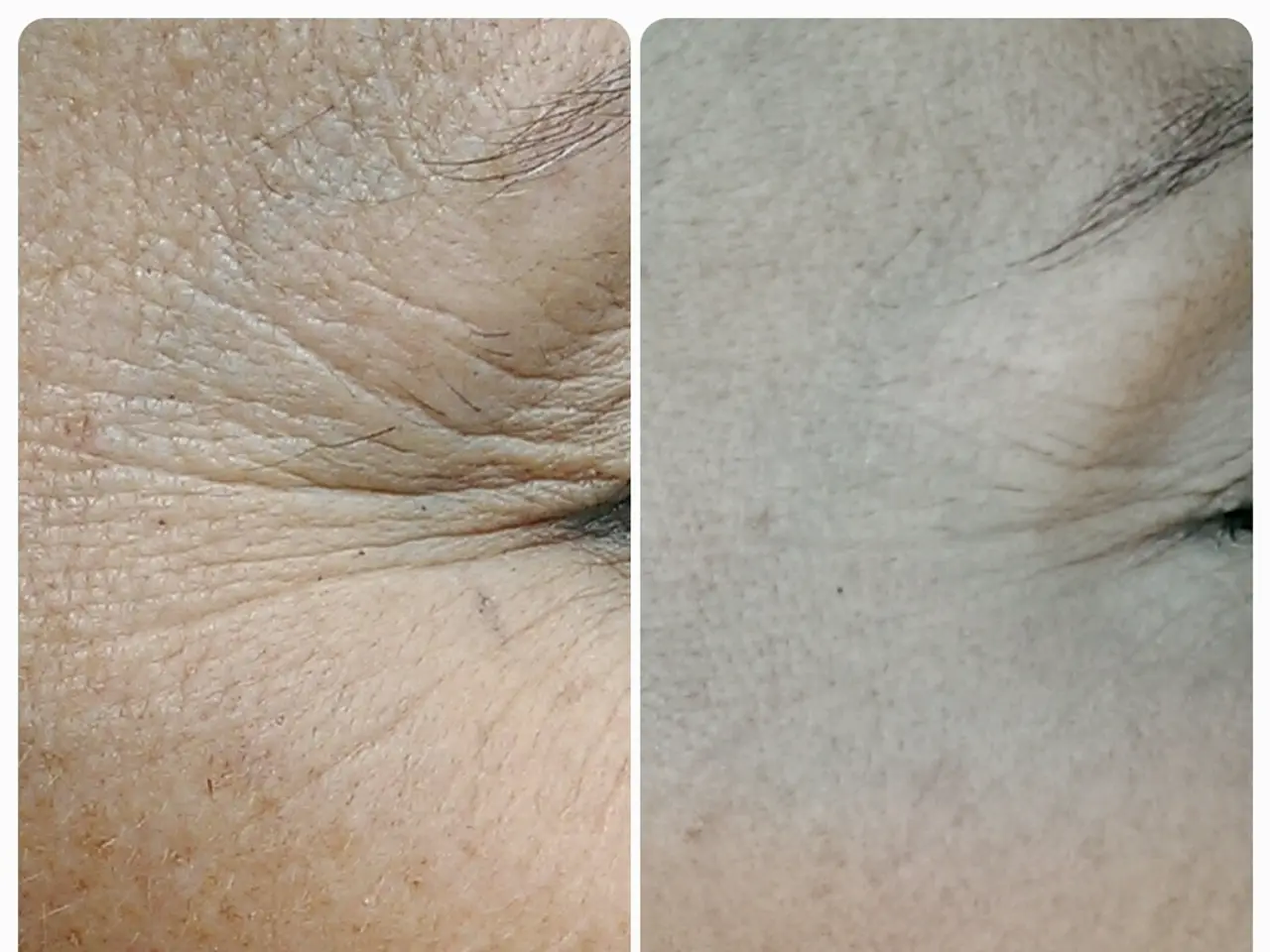Restoration of Foreskin: Discussing Advantages, Drawbacks, and Methods
The human body is a marvel, and sometimes, changes can occur that individuals may wish to reverse. One such change is the removal of the foreskin, a layer of skin that covers the top portion of the penis, known as circumcision. For those who undergo this procedure and later decide they want to restore their foreskin, there are options available.
Foreskin restoration is possible through several surgical or nonsurgical techniques, each with its own benefits and drawbacks.
Nonsurgical Restoration
Nonsurgical restoration primarily involves tissue expansion through stretching techniques. This method uses devices, manual stretching, or taping to gradually stretch the remaining foreskin skin over time. The stretched skin elongates and can partially cover the glans, simulating a restored foreskin. This technique is noninvasive, avoids surgery, and has fewer risks but requires consistent, prolonged effort over months or years to see noticeable results.
Surgical Restoration
Surgical restoration involves reconstructive procedures to create a foreskin-like covering using available penile skin. There are no detailed surgical foreskin restoration methods in the search results specifically, but surgical foreskin procedures generally reconstruct preputial skin using grafts or flaps. This approach is more immediate than nonsurgical methods but carries the typical surgical risks such as bleeding, infection, and scarring.
Regarding circumcision methods, multiple surgical techniques are described, including the traditional surgical (cut and stitch), clamp methods like the Gomco clamp, Mogen clamp, and Plastibell device, and advanced surgical methods like the Pollock Technique and Shang Ring.
Benefits and Drawbacks
Nonsurgical methods provide a gradual, low-risk option to restore foreskin tissue through skin expansion, whereas surgical restoration can achieve faster cosmetic restoration but involves typical surgical risks. Both aim to improve coverage, comfort, and appearance for men seeking foreskin restoration after circumcision.
It's important to note that foreskin restoration does not restore the original foreskin but aims to produce a layer of skin around the head of the penis to mimic a foreskin.
Researchers are also investigating the use of stem cells to help reproduce the entire foreskin structure along with the nervous and vascular network.
In conclusion, foreskin restoration offers options for those seeking to restore the appearance and function of their penis after circumcision. Whether through nonsurgical or surgical methods, it's crucial to research carefully before committing to any procedure. Always consult with a healthcare professional to understand the potential benefits, risks, and recovery process involved.
- Men who undergo foreskin restoration can opt for nonsurgical methods, such as stretching techniques, which involve the use of devices, manual stretching, or taping to gradually expand the remaining foreskin skin.
- Surgical foreskin restoration involves reconstructive procedures to create a foreskin-like covering using available penile skin, reducing the time compared to nonsurgical methods but carrying typical surgical risks such as bleeding, infection, and scarring.
- In the realm of health-and-wellness and mens-health, researchers are studying the potential of using stem cells to reproduce the entire foreskin structure along with its nervous and vascular network.
- For individuals considering foreskin restoration, it's essential to research thoroughly, consult with healthcare professionals, and understand the potential benefits, risks, and recovery process involved.




